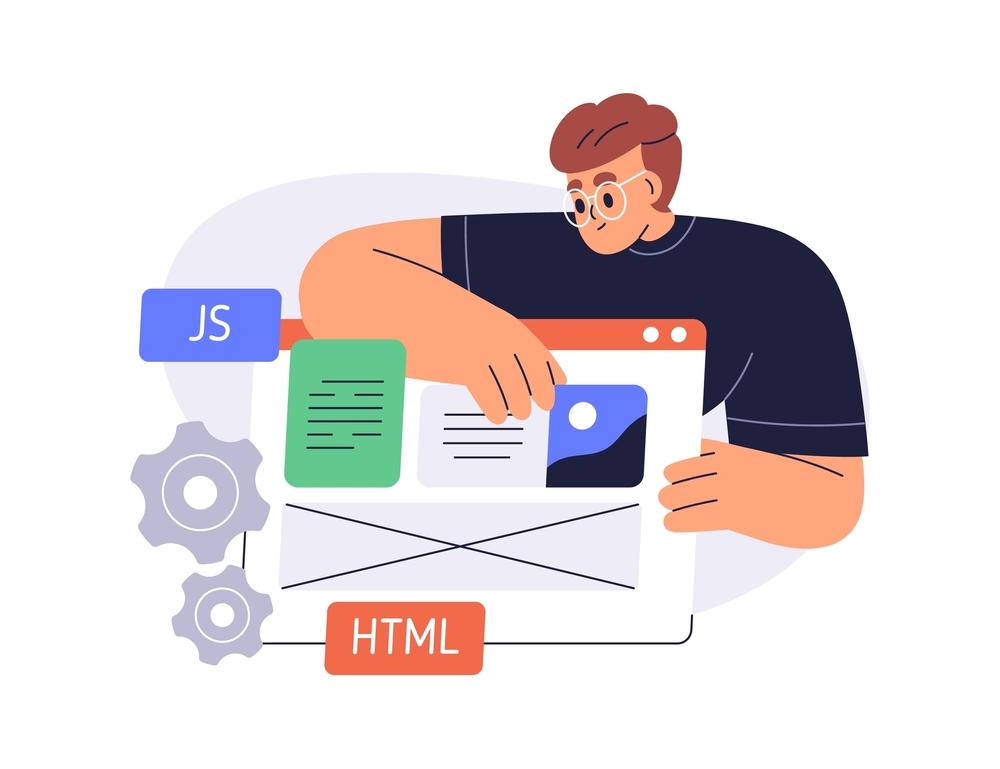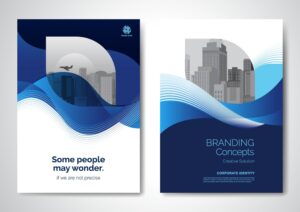Is It Time for a Website Redesign? Here’s What to Consider
Introduction: The Importance of Keeping Your Website Fresh
In the fast-paced digital world, a business’s website is often the first point of contact with potential customers. As trends, technologies, and user expectations evolve, it’s crucial to keep your website up to date. But how do you know when it’s time for a website redesign? In this article, we’ll explore the key factors that signal the need for a redesign and what you should consider before making the investment.
Signs That Your Website Needs a Redesign
Outdated Design and User Experience
The look and feel of your website play a significant role in how users perceive your brand. If your website’s design hasn’t been updated in several years, it may appear outdated or out of touch with modern aesthetics. An outdated design can lead to a poor user experience (UX), which can drive visitors away. Consider whether your website still aligns with current design trends and offers an intuitive, engaging experience for users.
Poor Mobile Responsiveness
With the majority of internet users accessing websites via mobile devices, mobile responsiveness is no longer optional—it’s essential. If your website isn’t optimized for mobile viewing, you’re likely losing out on a significant portion of potential customers. A website redesign can ensure that your site is fully responsive, providing a seamless experience across all devices.
Slow Loading Times
Website speed is a critical factor in user satisfaction and search engine ranking. If your website takes too long to load, visitors may leave before the page even finishes loading. Slow loading times can be caused by outdated code, large image files, or poorly optimized content. A redesign can help address these issues by streamlining your site’s code, optimizing images, and improving overall performance.
Business Growth and Changing Needs
Evolving Brand Identity
As your business grows and evolves, so too should your website. If your brand identity has changed—whether it’s a new logo, color scheme, or messaging—your website should reflect these updates. A website redesign allows you to align your online presence with your current brand identity, ensuring consistency across all marketing channels.
New Features and Functionality
As your business expands, you may need to add new features and functionality to your website to better serve your customers. Whether it’s integrating an e-commerce platform, adding a blog, or implementing a customer portal, a website redesign can provide the opportunity to incorporate these enhancements. By updating your site, you can offer a more comprehensive and user-friendly experience for your visitors.

Improved SEO and Online Visibility
Search engine optimization (SEO) is essential for driving organic traffic to your website. If your site isn’t ranking well in search engine results, it may be time for a redesign. Modern SEO practices include optimizing your website’s structure, improving page load speeds, and creating high-quality content. A redesign can help ensure that your website is built with SEO best practices in mind, improving your chances of ranking higher in search results.
Technological Advancements
Keeping Up with the Latest Technology
The digital landscape is constantly evolving, with new technologies emerging regularly. If your website is built on outdated technology, it may not be able to support the latest features or provide a secure experience for users. A website redesign allows you to take advantage of the latest advancements in web development, ensuring that your site is not only functional but also future-proof.
Enhanced Security Measures
With cyber threats on the rise, website security is more important than ever. If your website hasn’t been updated in a while, it may be vulnerable to security breaches. A redesign can help you implement the latest security measures, such as SSL certificates, secure payment gateways, and regular updates to protect your site and your customers’ data.
What to Consider Before Redesigning
Define Your Goals Website Redesign
Before embarking on a website redesign, it’s essential to define your goals. What do you hope to achieve with the redesign? Are you looking to improve user experience, increase conversions, or better align your site with your brand identity
? Clearly outlining your objectives will help guide the redesign process and ensure that your new website meets your business’s needs.
Analyze Your Current Website’s Performance
Take a close look at your current website’s performance. Which pages are performing well, and which ones are underperforming? Use tools like Google Analytics to gather data on user behavior, page load times, and bounce rates. Understanding the strengths and weaknesses of your current site will inform your redesign strategy and help you focus on areas that need improvement.
Consider Your Audience Website Redesign
Your website should cater to the needs and preferences of your target audience. Consider who your users are, what they value, and how they interact with your site. A redesign offers the opportunity to create a more user-centric experience, tailoring content, design, and functionality to meet the expectations of your audience.
Budget and Timeline Website Redesign
A website redesign is a significant investment, both in terms of time and money. Determine your budget and timeline for the project before you begin. This will help you prioritize features and set realistic expectations for the redesign process. Keep in mind that while a redesign can be a considerable expense, it’s an investment in your business’s long-term success.
Choosing the Right Partner
Selecting the right web development partner is crucial to the success of your redesign. Look for a team with a strong portfolio, experience in your industry, and a clear understanding of your goals. A good web development partner will work closely with you to ensure that the redesign aligns with your vision and delivers the results you’re looking for.
Conclusion: Time to Refresh Your Online Presence?
If your website is outdated, not mobile-responsive, or failing to meet your business goals, it might be time for a redesign. By considering the factors outlined in this article, you can make an informed decision and embark on a redesign that enhances your online presence, improves user experience, and supports your business’s growth.
Ready to take the next step? Contact us to discuss how we can help you create a website that truly reflects your brand and meets your business’s evolving needs.
External Links
- Why Your Business Needs a Website Redesign
- The Importance of Responsive Web Design in 2024
- Contact Us to discuss your website redesign project.
Read more related articles to enhance your knowledge and make informed decisions about cosmetic procedures.
Why Custom Website Development is Essential for Your Brand
Why Your Business Needs Professional Web Development Services







